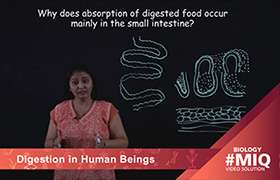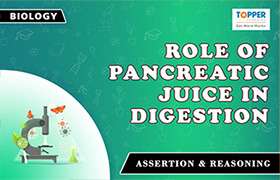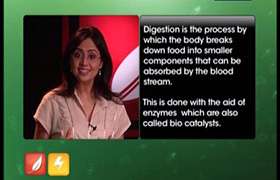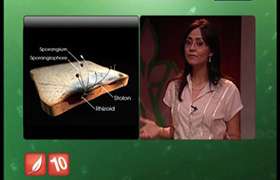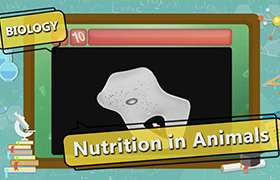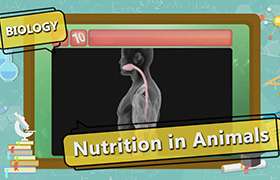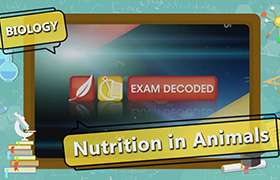CBSE Class 10 Answered
(a)The mouth, also called the buccal cavity or oral cavity, contains a number of structures that help in the initial digestion of food, namely, the salivary glands, tongue, and teeth. The pharynx, the portion of the throat directly behind the mouth, serves to direct food into the oesophagus and prevent it from entering the trachea or windpipe.
(b)The oesophagus helps move ingested food towards the stomach through peristalsis, a type of wave-like muscular contraction. The second stage of digestion takes place in the stomach. As digested food passes out of the stomach, it enters the duodenum, where digestive juices from the liver and pancreas are combined.
(c)The lower GI tract consists of most of the intestines and the anus. The intestines are divided into the small and large intestine, both of which have three subparts. Two of the sections of the small intestine consists of jejunum and the ilium.The jejunum is the midsection of the small intestine. It moves food from the duodenum to the ilium through peristalsis, and aids in the absorption of nutrients The majority of nutrient absorption takes place in the ilium, which is lined with villi, microscopic finger-like projections that increase surface area for greater absorption. All soluble molecules are absorbed into the blood in the ilium.
(d)The large intestine is comprised of the cecum, the colon, and the rectum. The caecum connects the small and large intestines, while the colon absorbs water and salt from the digested material before it is excreted as waste. The colon itself has four different parts: the ascending colon, the transverse colon, the descending colon, and the sigmoid colon. The rectum is a temporary storage area for feces or solid waste before it is excreted. The last portion of the lower GI tract, the anus, is the exit point of feces, the waste product of the alimentary canal, from the body.
7. Carbohydrates are digested by salivary amylase and pancreatic amylase, fats are digested by pancreatic lipase and proteins are digested by pepsin and trypsin

